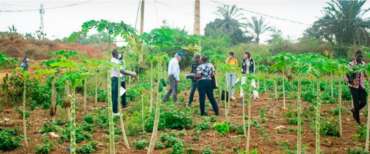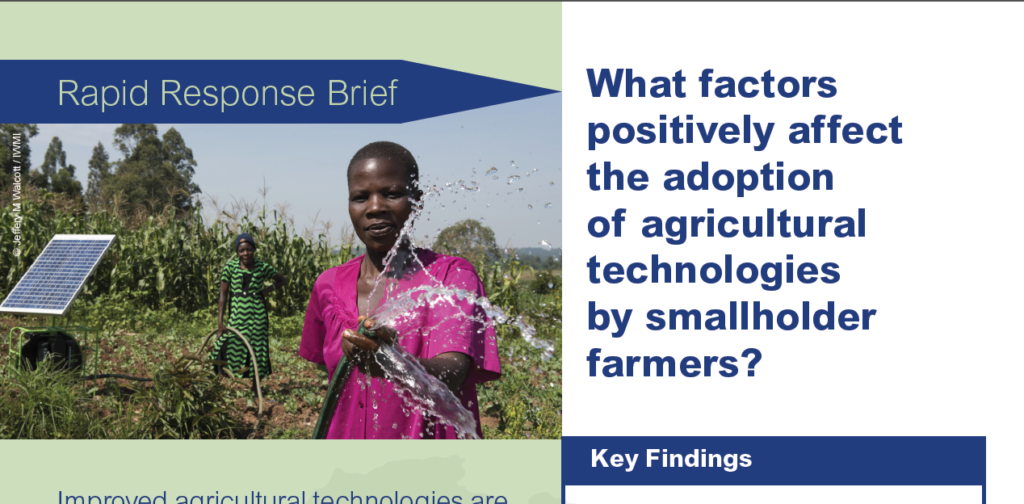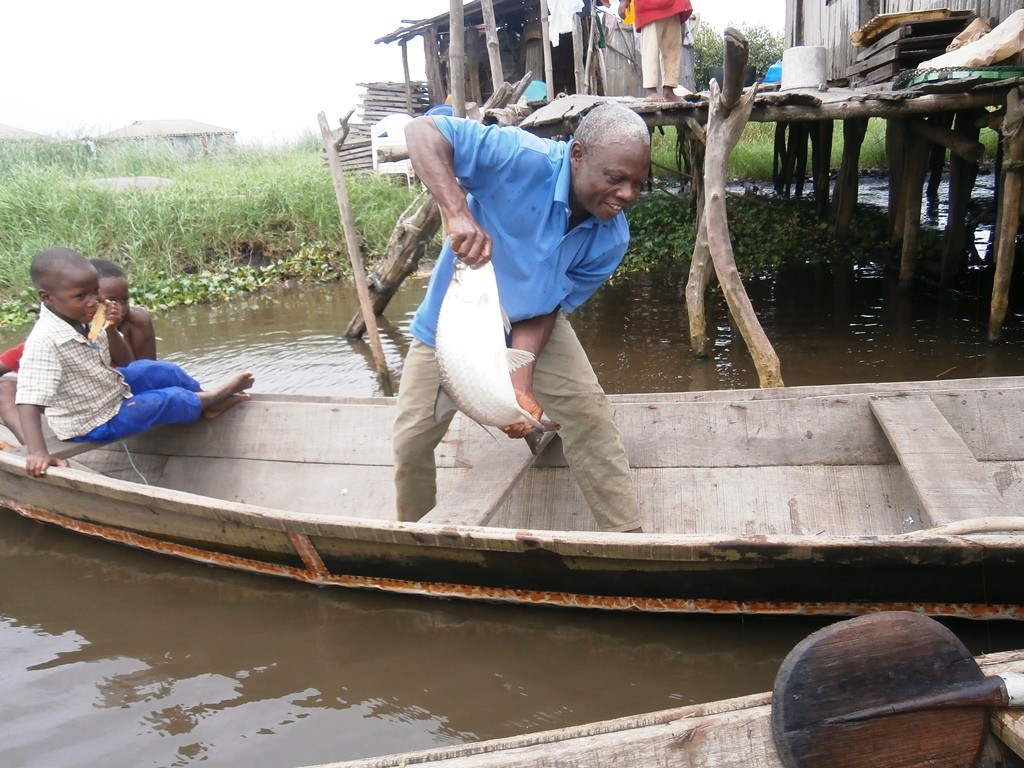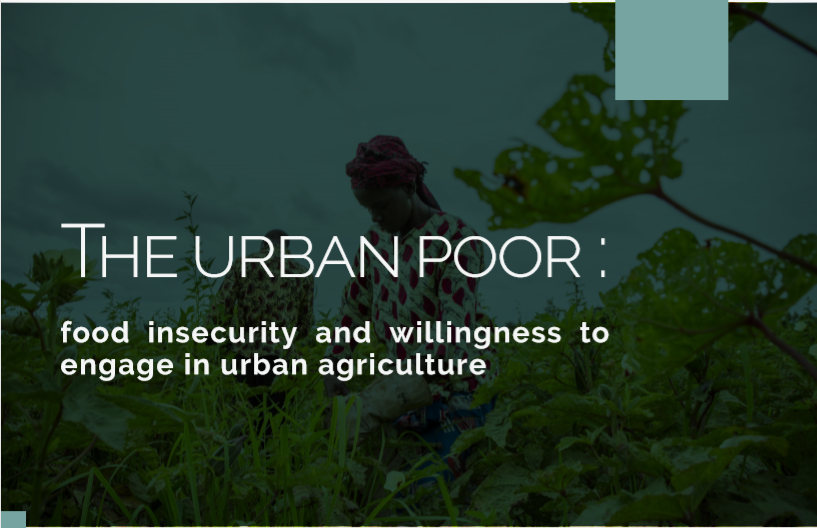According to the Food and Agriculture Organization of the United Nations (FAO), about 200 million urban citizens participate in urban agriculture. Urban agriculture, therefore, contributes to the food security of many major cities, and contributes to environmental diversity.
Last Friday, it was Earth Day. Nearly 200 countries celebrated environmental diversity and showed support for environmental protection by planting trees. In 2016, VU Amsterdam, ACED and the University of Abomey-Calavi (UAC) started investing in the development of an urban garden in Abomey-Calavi in Benin (Jardin de la Cooperative Maraichere “Wabodou” de Some). Today, this garden has grown enormously, and has become a significant source of income, healthy diet, and environmental diversity for the local community. Recently, the VU team went to visit the garden as part of the Nuffic-funded Jardin Pro Pauvre project.
When developing an urban garden, the first question is: what is the ideal location for the garden? There are many factors that must be considered in the selection of a proper site. Some fundamental factors to ensure the viability of the garden include the proximity of water, vicinity to market, and the quality of the soil. To provide support in this decision-making process, VU Amsterdam, UAC and ACED developed a site selection tool. This tool helps the user to assess different factors that contribute to the suitability of a site as the location for an urban garden.
In the Jardin Pro Pauvre project, UAC-staff and local stakeholders from the government were trained in the use of this site selection tool. After the in-class training, the participants visited multiple sites that could be potential locations for urban gardens to practice with the site selection tool. At the end of the week, the trainers, dr. Denyse Snelder, dr. Ben Sonneveld and Mekky Zaidi, and the participants visited the urban garden in Abomey-Calavi, where the tool was used for the selection of the site. During the training, the participants learned about the tool in theory, they practiced with the tool at multiple sites, and observed the outcome of using the tool.



